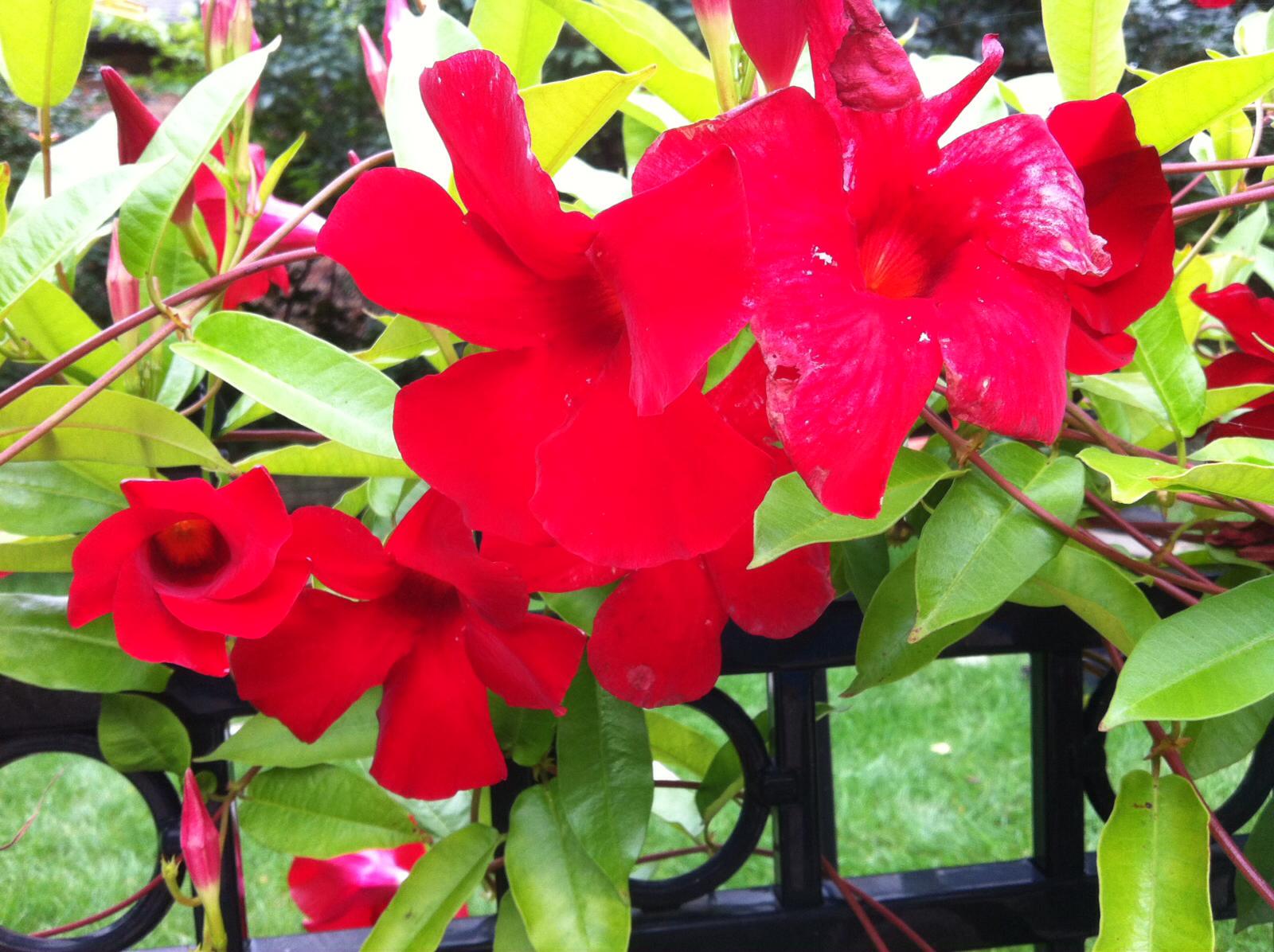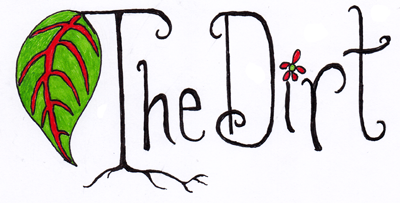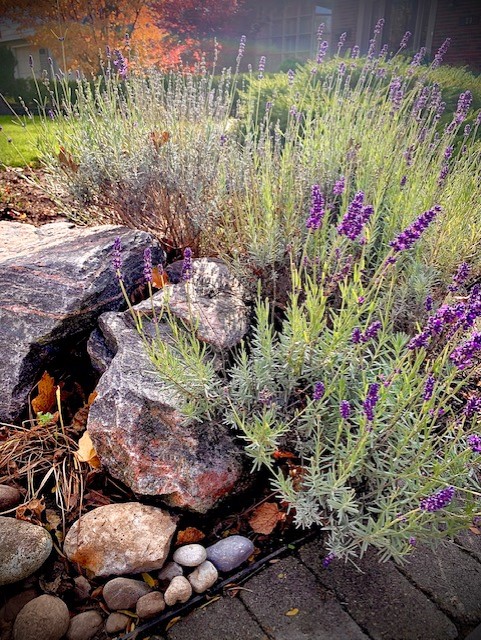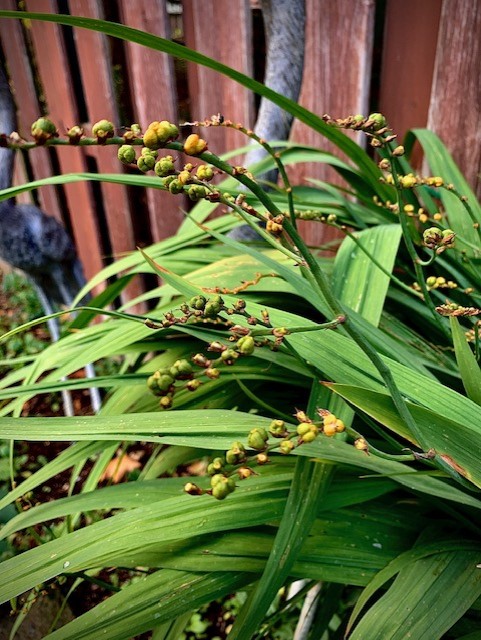

Posted by Erin Autio on Friday, October 23rd, 2020 5:06 pm

What a beautiful fall day out there! The past two months have brought us spectacular weather and the most incredible display of fall colour! So much to be thankful for.
Now as November creeps ever closer we begin wrapping up our installation projects and focus on cleaning up gardens for the fall/winter season. We compile a big list and then begin crossing off names one by one. It is a very satisfying process but also stressful. We just never know if/when mother nature will decide to stop us in our tracks. It’s hard to weed and rake leaves when the garden is covered in snow!
So what is involved in a fall cleanup here at Gaia? Our cleanup process is quite variable depending on the customer. Typically we connect with everyone early September and get specific requests sorted out. Standard services include a final weeding, edging and trimming, raking out leaves and debris and cutting back perennials as required. This often leads to questions as to which perennials should be cut down and which should not. The answer isn’t black and white..
I have simplified my response to this question down to three key factors:
1. Plant specifics
2. Your personal preferences
3. Time
Plant specifics- This has to do with the specific perennial you are looking at. There are some perennials that should not be cut back because they are evergreen or they are woody stemmed and more like a shrub. Do not cut Heucheras, Hellebores, Bergenia, Dianthus, Moss Phlox and Epimedium to name a few of the evergreen types. Typically we do not cut Russian Sage, Butterfly Bush (which is a shrub that is sort of treated like a perennial) or Lavender until spring because these will start to produce fresh growth on the old stems. Once they start to produce fresh growth in spring we will cut back the dead ends. It is also beneficial to leave the stems of perennials that are borderline hardy to the area because the dead material will collect leaves, debris and snow which will insulate the roots in the winter giving them a better chance of survival.
It is beneficial to cut down some perennials that are prone to disease or fungus to minimize spread or reoccurrence. Bee Balm and Phlox and even Peony can be prone to powdery mildew so cutting them down and disposing of them in the large municipal compost pile is best. Any hostas that are prone to slugs should also be cut down so slug eggs don’t remain there over the winter to hatch in the spring. Some people will argue that cutting everything down in the fall is the best approach because debris can be a good hiding place for garden pests but this could also be said for beneficial insects so I personally think this is a moot point.
Personal Preference- Some of the decision to cut a perennial or not can come down to your personal preference. First there is the aesthetic factor. Do you like the visual interest that the old perennial stalks provide? Do you like the look of the snow on the grasses in the winter? Some perennials have really interesting seed pods that can be striking to look at against the white backdrop of winter snow.
Do you enjoy watching the birds come to your garden in the winter? If so then leaving seed heads standing in the garden can provide a source of food for many types of birds. Echinacea, rudbeckia and any type of sunflower are a few that the local bird population favour.
On the other hand, if the look of all the perennial debris in a mid winter thaw stresses you out or the bits of ornamental grass blowing onto your neighbour’s lawn late winter cause tension then maybe you want to cut things down.
Ultimately, most perennials aren’t picky and the decision is yours to make.
Time- What the heck does time have to do with this? For some of us it is a determining factor. Do you have more time in the fall or in the spring? Some years in my own garden I just don’t get to cleaning things up in the fall. Maybe my schedule is packed and the weather hasn’t been great. Maybe it’s just been a long season and I’m out of steam. The bottom line is it will wait until spring if I don’t get to it in the fall.
Another factor of timing is when we get frost. It is best not to cut anything that is still looking good until we have had a few hard frosts and foliage starts to die back. Just like with spring bulbs, this year’s foliage will feed the roots of the plant as it dies back so it is best to leave things until they have yellowed and/or withered.
To cut down or not to cut down? This is my best answer. Many things to consider but at the end of the day if you don’t get to it, make time in the spring. Maybe right now you feel more like enjoying the fall with a blanket and a cup of something warm on your front porch. Instead of the finality of cutting things down you want to enjoy the colours as long as you can and relish the season of slowing down. Often in April as the days get longer and the sun feels warmer it is easier to feel motivated to get out to the garden and clean things up while poking around looking for signs of new life!
Whichever option works for you, enjoy the season and this beautiful day!
